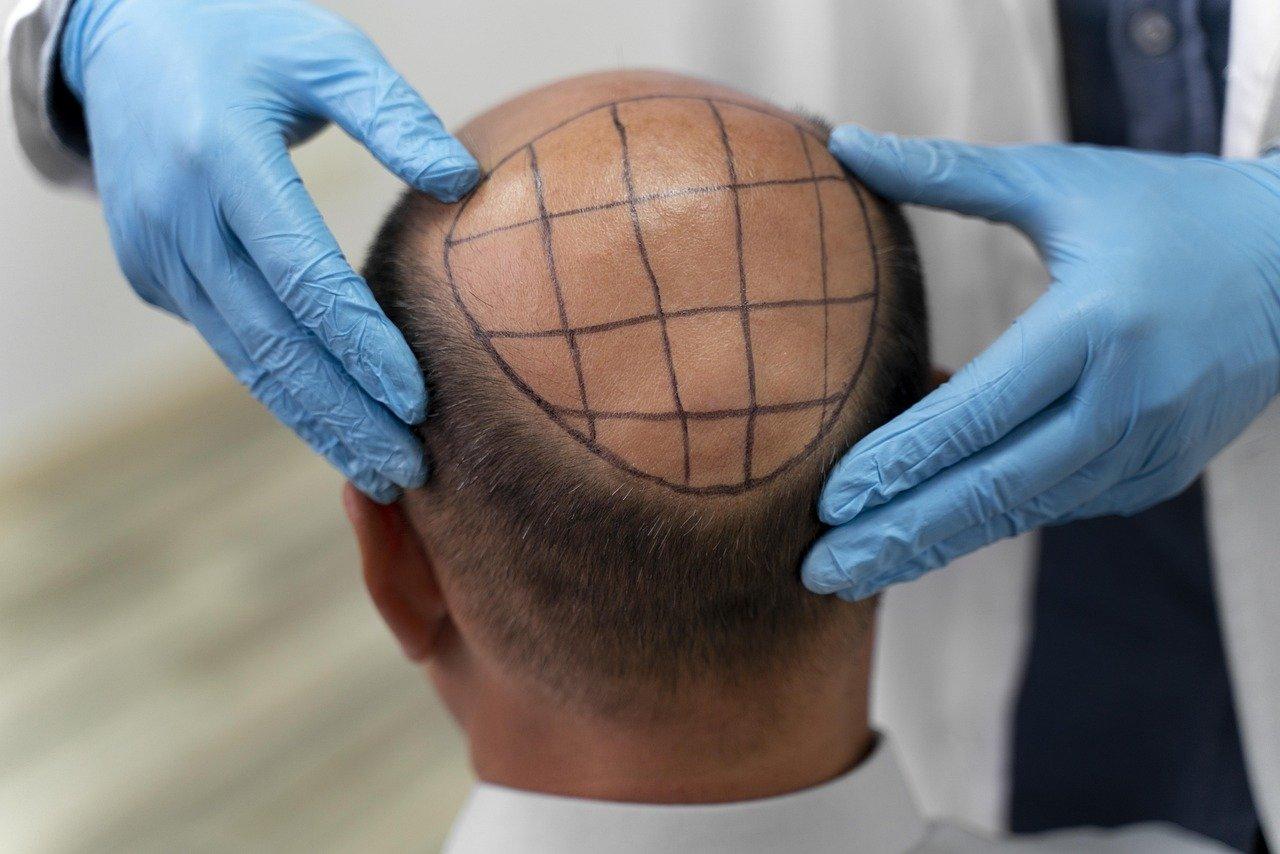Receding hairline can start to develop in at any point of time irrespective of your age. Though hair loss can be stressful and upsetting, you need not worry about it as it’s a common phenomenon in almost everyone’s lives. Once the hair line starts to recede the forehead also starts to become prominent. Let us explore the different stages of a receding hairline, it’s causes, and the treatment options suggested by the experts available to restore it.
Receding hairline
If you are observing the thinning of hair line or the formation of a deeper “M-shaped” hair pattern, it can be distressing. Need not worry much about it as it’s not permanent and the signs of receding hair line are reversible. Of the many treatment options available, doctors would suggest you with the right solutions to slowly stop and reverse the hairline recession process.
Causes a Receding hairline
A variety of reasons can cause hair loss and it could lead to different conditions such as the receding hair line, thinning out of hair and bald patches. Androgenic alopecia is one of the main causes of receding hair line, mainly in the males.
Some of the other factors which cause receding hairline include:
- Genetics- Most of the cases of receding hair line in both males & females is usually hereditary.
- Hormones- DHT (Dihydrotestosterone) is a male hormone which shrinks the hair follicles.
- Stress- Severe stress due to work, family, or other environments around you can cause hair fall.
- Poor dietary habits- Having a diet that is deficit with essential nutrients can weaken the hair structure and hamper the hair growth.
- Underlying chronic conditions- Having thyroid, autoimmune diseases or any other scalp conditions.
- Wrong hair styling- Excessive heating products while styling hair, tight pony tails, and harsh chemicals will cause traction alopecia and lead to hair fall.
- Medication- Use of drugs such as chemotherapy, anticoagulants, antidepressants etc will also lead to loss of hair, which eventually lead to a receding hair line.
- Life style habits- Some of them such as smoking and alcohol can also lead to severe hair fall.
- Environmental factors- Exposure to toxic chemicals or pollutants and higher UV radiations can lead to receding hair line or severe hair loss.
- Wearing of a tight cap or helmet- If you are frequently using a tight fitting cap or helmet, it puts a pressure on your hair follicles and leads to hair loss and gradually to a receding hair line.
Signs of a Receding hair line
Identifying the signs of a receding hair line in the early stages can help you take some measures to solve this problem. Some of the common signs include:
- “M” shape forehead- In this type, two sides are receding, leaving behind a central point in the middle of the forehead.
- Receding temples- Formation of a “v” shape with the hair line starting to recede on both the sides.
- Widened forehead- It is one of the most prominent and earlier signs in which the hairline moves backward and the forehead starts to appear higher.
- Visible scalp- A receding hair line would make your scalp visible mainly at the front of the forehead and in the crown area.
- Uneven hairline- The hair line starts to become irregular with few areas receding more than the other one’s.
- Miniaturized hair- Hair in the crown area and the hair line starts to become thinner and smaller compared to the rest of the hair.
- Styling challenges- As the hair line starts to recede, hair styling would be a major challenge.
It is important to understand that receding hair line or hair fall is a common scenario encountered by all of us, specially when we are ageing. However, if you find that the hair fall is highly abnormal, and is increasing rapidly, you should start to consult a healthcare professional or dermatologist to understand the causes behind it and to explore the different treatment options available. As early intervention helps to provide you better treatment outcomes.
Stages of Receding hair line
Receding hair line is a progressive condition and the various stages are as follows as per the Norwood scale:
- Stage-1- A full and youthful hair line with no clear signs of recession.
- Stage-2-A slight recession in the temple area and it begins to develop into a “M” shape.
- Stage-3-The “M” shape starts to become more prominent and the temples start to recede.
- Stage-4-Hair loss in the temple and frontal areas. The scalp starts to become more visible.
- Stage-5-Bald spots in the crown and front forehead area, gradually they get attached and become larger bald patches. Regrowth of hair at this stage becomes very difficult.
If you are experiencing a significant loss of hair or is having a receding hair line, taking a consultation with the hair care experts is recommendable, to understand the different treatment options.
